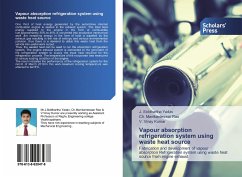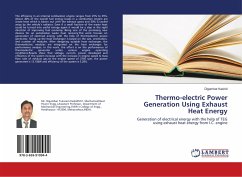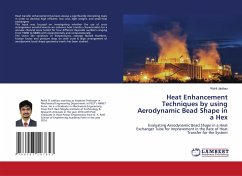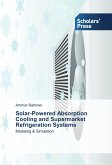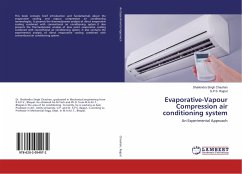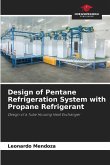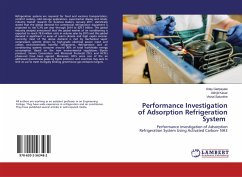One third of heat energy generated by the automotive internal combustion engine is wasted in the exhaust system. The total heat energy supplied to the engine in the form of combustible fuel,approximately 35% to 40% is converted into productive mechanical work ,the remaining energy in the form of heat is expelled by the exhaust gas resulting in the rise of entropy and serious environmental pollution, thus there is a demand to utilize this waste heat from the vehicle into useful work output. Thus, the wasted heat can be used to run the absorption refrigeration system. The engine exhaust system is connected to the generator of the refrigeration system to supply the input heat required for the refrigeration process. The temperature of the evaporator was measured at various loading condition of the engine.The result indicates the performance of the refrigeration system for the month of March 2019.In this work,maximum cooling temperature was attained to be16 C.

